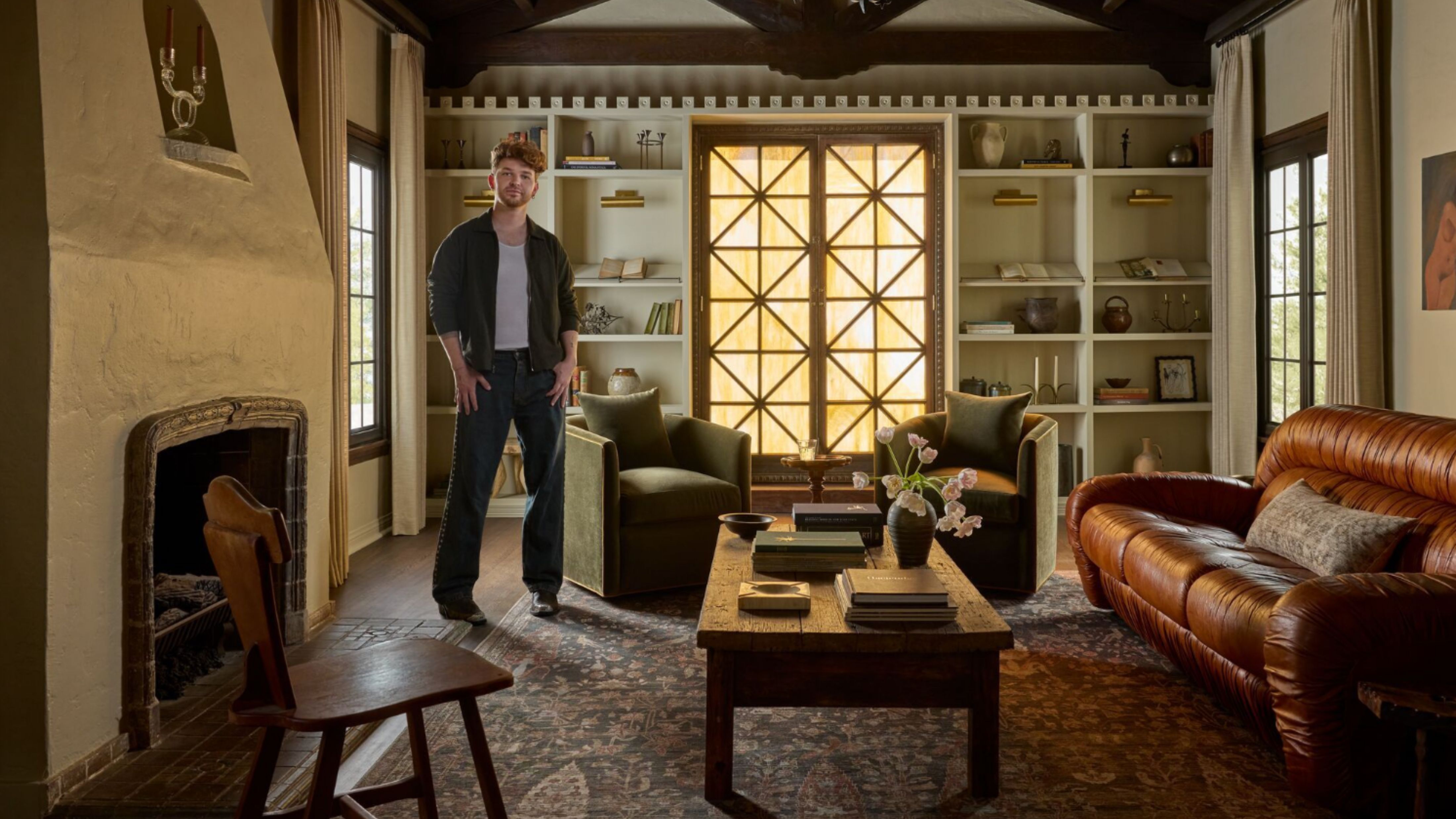
Walk into Round Top — the tented microcosm, the country, the universe — and you’ll find yourself in the beautiful chaos of The Show. That’s what the locals call it: one of the largest and longest-running antique markets in the world, held three times a year in Texas and attracting everyone from seasoned dealers to off-duty designers and serious vintage obsessives. It’s where you go when you’re after something with soul — or, in Drew Michael Scott’s case, a full capsule collection.
Drew, better known by his handle @lonefoxhome, returned to Round Top to source the second iteration of his collaboration with Joon Loloi — a tightly edited vintage capsule that deepens the shared appreciation for storied textiles established in their first launch earlier this year. That collection drew from historic references — verdure tapestries reinterpreted as rugs, for instance — but this time, the history isn’t inspiration. It is the product.
And while Earth Month is the perfect time to remind ourselves that the most sustainable option is often what already exists, vintage shopping (especially at a place like Round Top) can be daunting. How do you navigate the sheer scale? Is there a wishlist involved? A haggle strategy? Do you go in blind or with a plan?
Luckily, Drew’s done the digging. Whether you're sourcing for a collection or just trying to score your next great piece, the tips below apply. Consider this your guide on how to thrift with intention — from someone who’s made the chaos look easy.
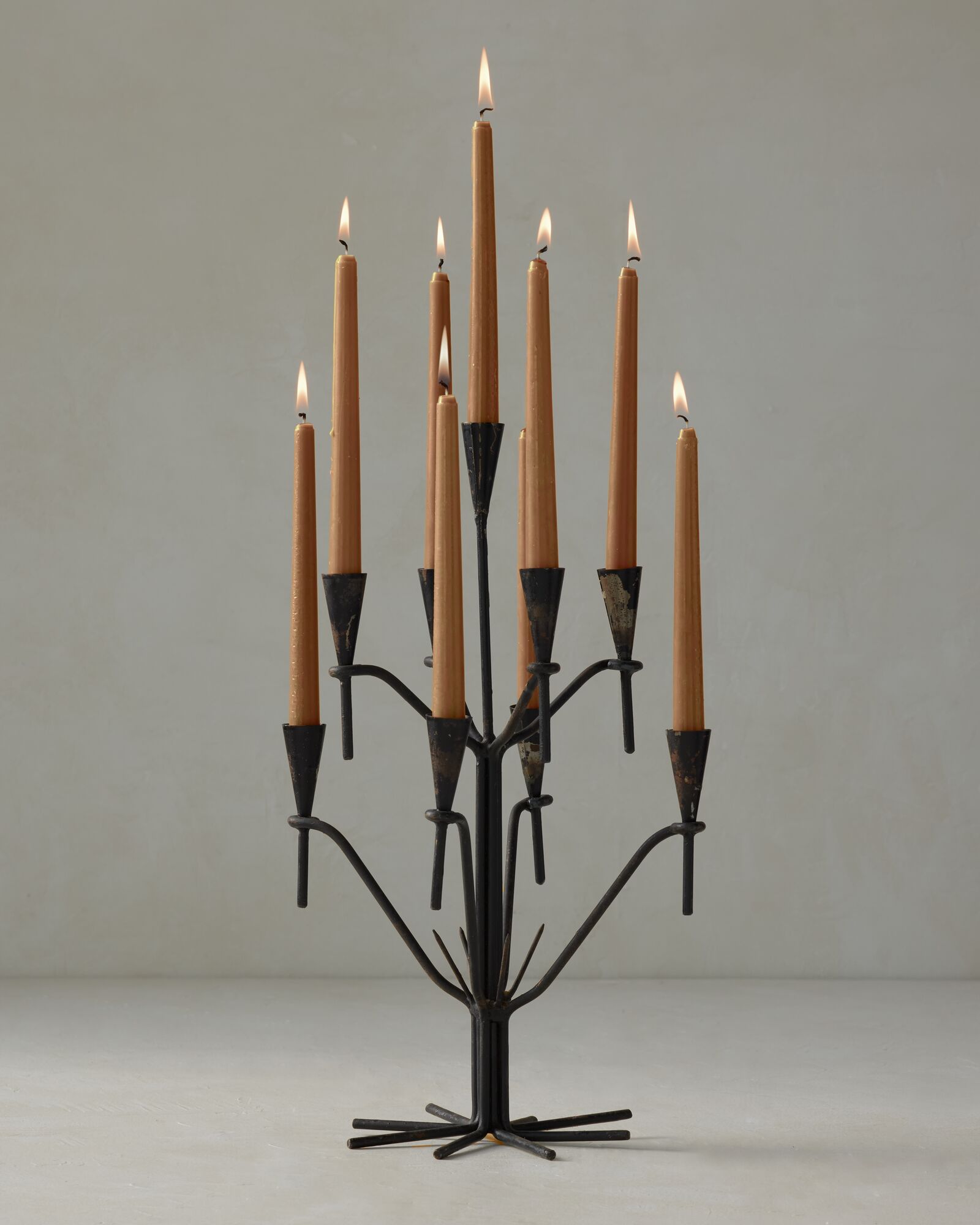
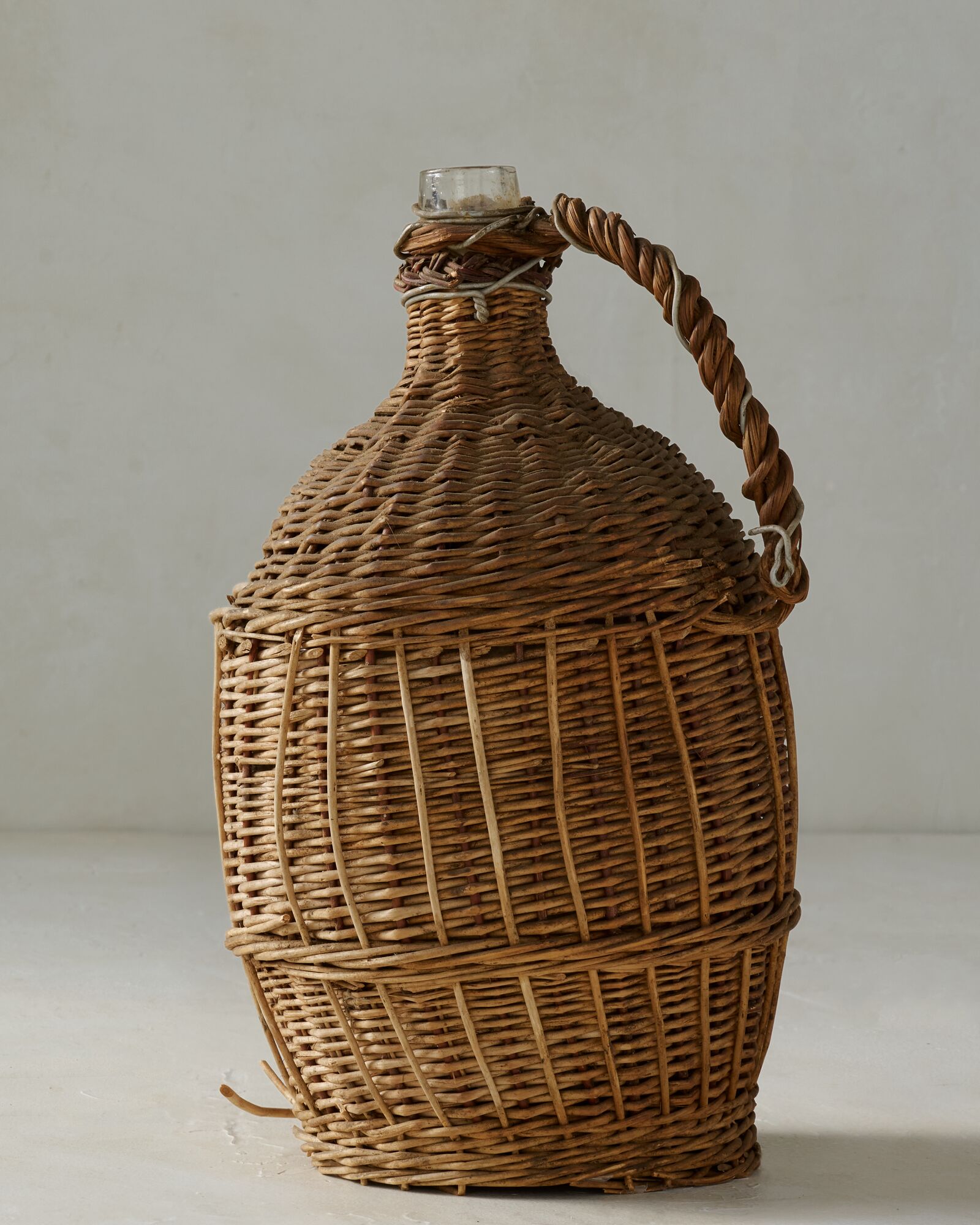

First and foremost: "Throw FOMO out the window — you're never going to see everything," Drew says. At Round Top, "there will be incredible pieces with 'sold' tags, and hundreds of vendors whose booths you'll never see. You have to be okay with that! It just means it wasn't meant to be.”
He recommends making a loose list of booths you want to visit — but take the scenic route. “They stretch on for miles, so stop by a few along the way.” The same goes outside of the fair circuit — compile a roster of shops to hit and see where it takes you.
While an item wishlist is helpful, don’t get too specific. “I never suggest going vintage shopping with anything too specific in mind; you'll always end up disappointed,” he says.
“Instead, keep your list more general. You might not find a 300-year-old French Rococo gilded mirror that's 30"x40" with shell details and within your budget, but if you keep an open mind, you're sure to leave with a mirror you'll be excited about!”
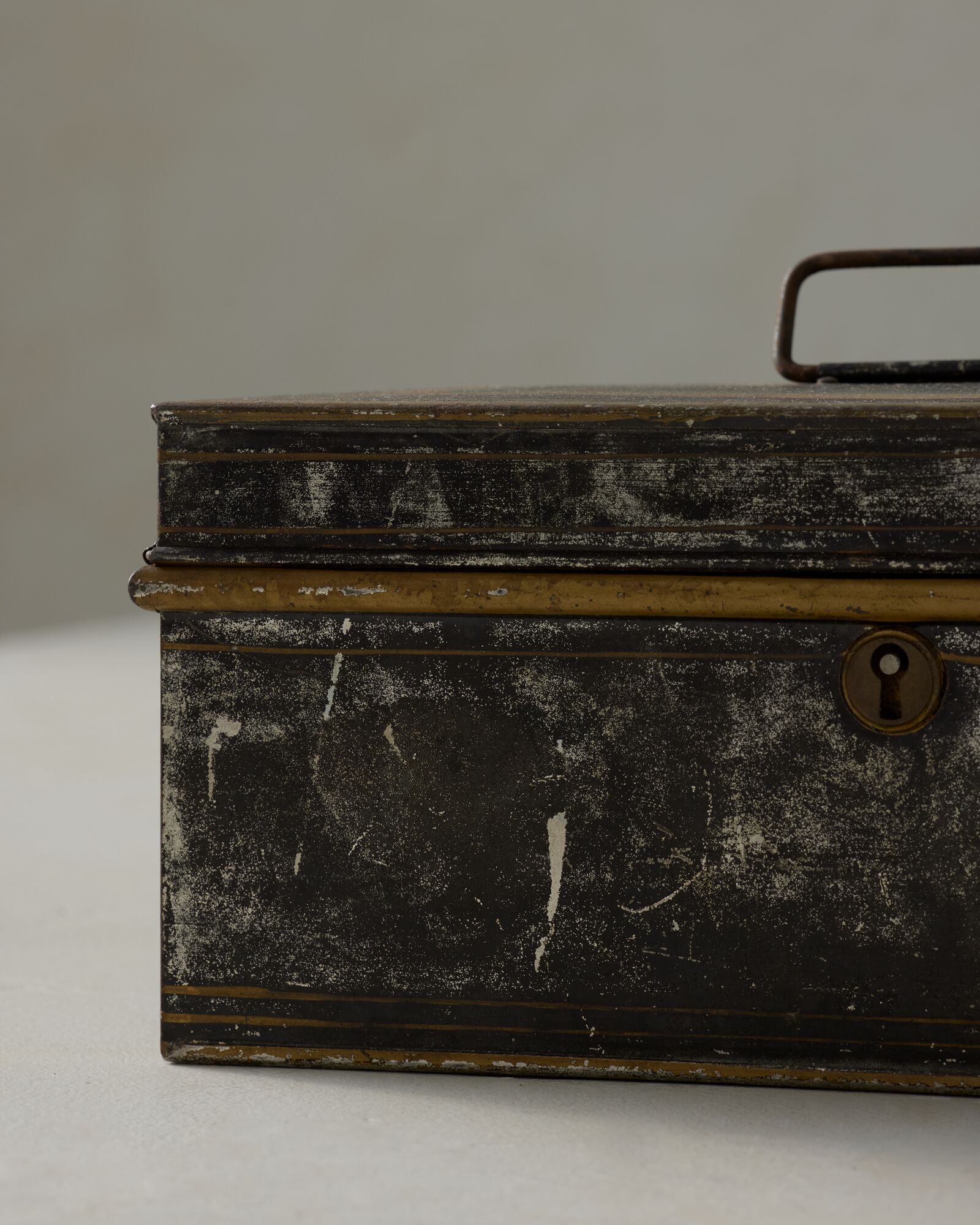
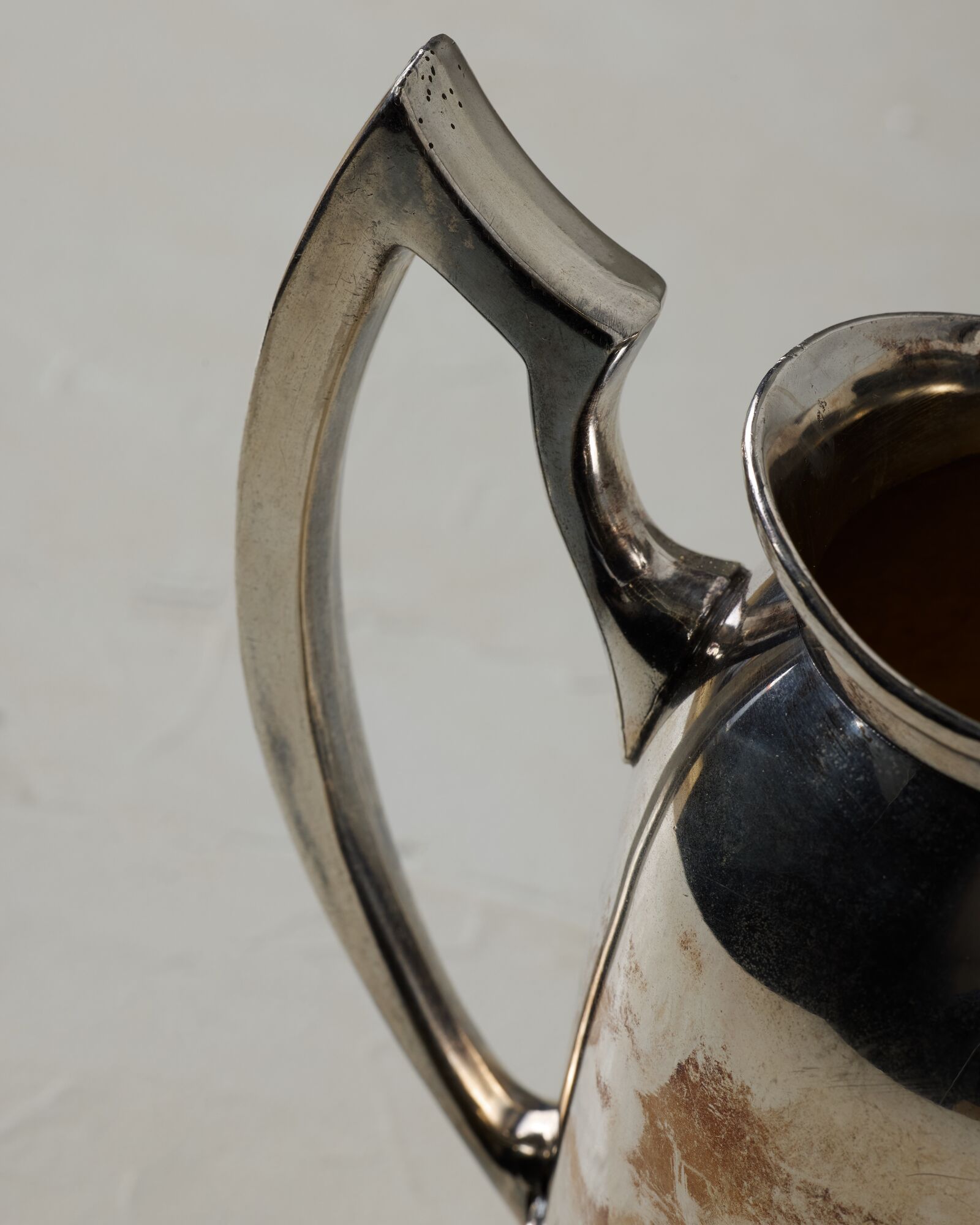
The most reliable filter in any buzzy, product-filled environment is your own personal style. “I love and am inspired by so many pieces, but I’ll pass on them if they don’t fit the style of my home or my online store. Just because something is beautiful doesn’t mean it’s right for you!”
“Take photos of anything you like,” Drew suggests. “Go through your photos after, then go back for what you want to buy… Try walking the opposite way through the store for a fresh perspective — you'll likely spot things you missed before. I also love starting a pile at the register, adding to it whenever I find things I know are definite yeses.”
You can try Round Top yourself, sure — or browse Etsy (Drew’s favorite secondhand furniture store). But the easiest way to thrift like a pro? His capsule collab with Joon Loloi.
Ahead, Drew's best pulls.
“When mixing old and new furnishings, they have to feel like they belong in the same space, they have to make sense together,” says Drew. A vintage stool like this one, for example, could easily anchor a sculptural vase or a chrome accent — unexpected, but balanced.
A petite dish like this can bring just the right touch of narrative to a space. Bare tabletop? Empty shelf? Something to distract from that mass-produced tray from the big box store? Consider it storied.
Call it the perfect plated pitcher — visibility-worn in all the right ways. It's a rare non-shabby and actually charming find, like something out of a design-forward countryside cottage. Try it as a brunch vessel or styling prop, especially paired with heritage checks or hunter green.
Slightly off-kilter candle holders: you didn’t know you needed them until you saw them — and then you absolutely did. They’re a refreshing sidestep away from the too-perfect versions often available in-store and a fraction of the cost of most artisan-made sets. Sculptural and a little surreal.
“After moving into my 1920s Spanish-style home, I found endless inspiration in old design books," says Drew, quickly becoming "captivated by the thrill of hunting for unique pieces" to match its energy. One such thrill? This original anatomical sketch — signed, matted, and framed in wood.
Drew also combed through Joon Loloi’s archives. This throw pillow — rooted in tradition, hand-patterned, and genuinely one of a kind — is a standout, perfect for giving an ordinary armchair or neutral sofa some bite.
“You often hear, 'They don’t make them like they used to,' and it's so true,” shares Drew. “Not only are vintage pieces usually of higher quality, but they also have a unique feeling that new pieces can't replicate. There's something special about knowing these items have already lived a life or two before you get to carry on their legacy in your own home. Sure, they may have some dings, nicks, and scratches, but that only adds to their charm. It's hard to describe exactly what vintage pieces bring to a room that new ones can't, but they definitely have more soul.”
Infinitely cooler — and sustainable, too. Got your eye on a specific style? Our vintage and antiques expert has shared how to thrift a 1970s furniture aesthetic, without it look kitschy, of course.







